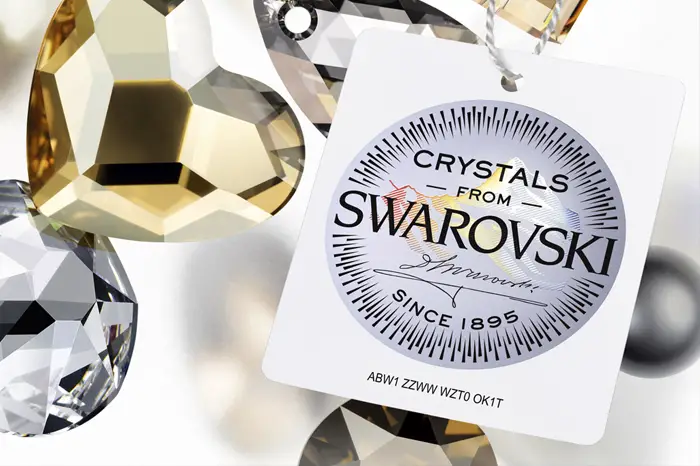 Swarovski crystal was born when Bohemian-born Daniel Swarovski invented an automatic cutting machine in 1892. In 1895 the Swarovski company was founded when he established a crystal cutting factory in Wattens. Here he could take advantage of local hydroelectricity for the energy-intensive grinding processes he had patented.
Swarovski crystal was born when Bohemian-born Daniel Swarovski invented an automatic cutting machine in 1892. In 1895 the Swarovski company was founded when he established a crystal cutting factory in Wattens. Here he could take advantage of local hydroelectricity for the energy-intensive grinding processes he had patented.
Swarovski crystal contains approximately 32% lead to maximize refraction. The Swarovski Crystal range includes crystal sculptures and miniatures, jewelry and couture, home decor, chandeliers, and beads and rhinestones for manufacturers and artists.
In order to create a crystal that allows light to refract in a rainbow spectrum, Swarovski coats some of its crystals with special metallic chemical coatings. Aurora Borealis, or “AB”, is one of the most popular coatings, and gives the surface a rainbow oil slick appearance. Other coatings include Crystal Transmission, Volcano, Aurum, and Dorado. Coatings are applied to 50% of an object, however some are coated two times, and thus are designated AB 2X, Dorado 2X etc.
The original Swarovski logo was an edelweiss flower, but was replaced with the current swan logo in 1988. All sculptures are marked with this logo. A recent development was the 2004 release of Xilion, a new copyrighted cut designed to optimize the brilliance of Roses and Chatons.


